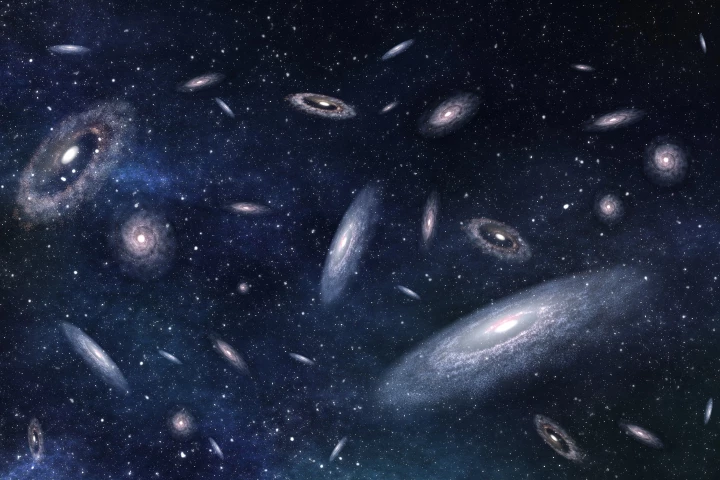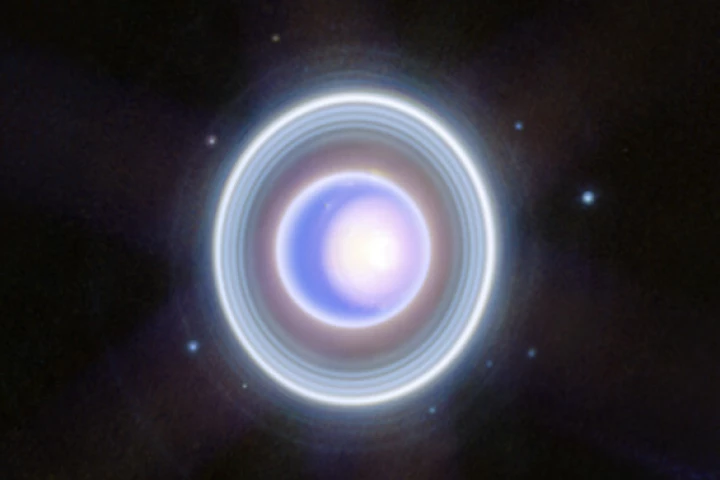James Webb Space Telescope
-
If Earth needs to borrow a cup of sugar, it's comforting to know that there may be a convenient, possibly habitable, world orbiting Alpha Centauri only 4.34 light years away – at least, if the findings from the James Webb Space Telescope pan out.
-
A new collaborative project dubbed the COSMOS-Web field has compiled the most comprehensive cosmic map ever, including images of the early universe as far back as 13.5 billion years.
-
Finding alien life won’t be a flying saucer landing at the White House – NASA scientists will hold a press conference to excitedly show off a chart that’s incomprehensible to most people. Now we’re a step closer to that boring but groundbreaking day.
-
The James Webb Space Telescope has captured direct images of galaxies being born at the cosmic dawn. This is the first time this has ever been witnessed by astronomers, confirming models for galaxy formation.
-
The youngest neutron star detected so far turned 37 years old last week. To celebrate, James Webb Space Telescope has finally found the most direct evidence of it, hiding among the remains of the supernova cloud it was born in.
-
Astronomers have discovered the most distant – and therefore earliest – known black hole. Hiding in a galaxy called GN-z11, this black hole is bigger than should be possible given the age of the universe.
-
Researchers from MIT and the University of Birmingham (UB) believe that they've cracked the formula for detecting habitable planets using currently available technology. It all has to do with an exoplanet's levels of carbon dioxide and ozone.
-
From where “love” is felt in the body, to the scientific value of giant piles of bird poop, and talking to whales as practice for understanding aliens, here are the top 10 weirdest science stories of 2023.
-
Space is one of the most versatile and photogenic subjects, and this year was no different. From a sunrise captured by the International Space Station to the most distant star ever observed, here are some of the best space photographs taken in 2023.
-
The James Webb Space Telescope may have been touted a successor to Hubble, but the old-timer still has some life left in it. These two iconic instruments have now teamed up to take a deep-field image of the colorful “Christmas Tree galaxy cluster.”
-
Astronomers have discovered evidence of a theorized type of black hole lurking in the distant universe. Known as an “Outsize Black Hole,” this object could help explain some fundamental cosmic mysteries, including how supermassive monsters form.
-
Astronomers have detected one of the most energetic explosions in the history of the universe: a gamma ray burst from a neutron star collision. For the first time ever, heavy metals were detected in the explosion, totaling hundreds of Earths in mass.
Load More











